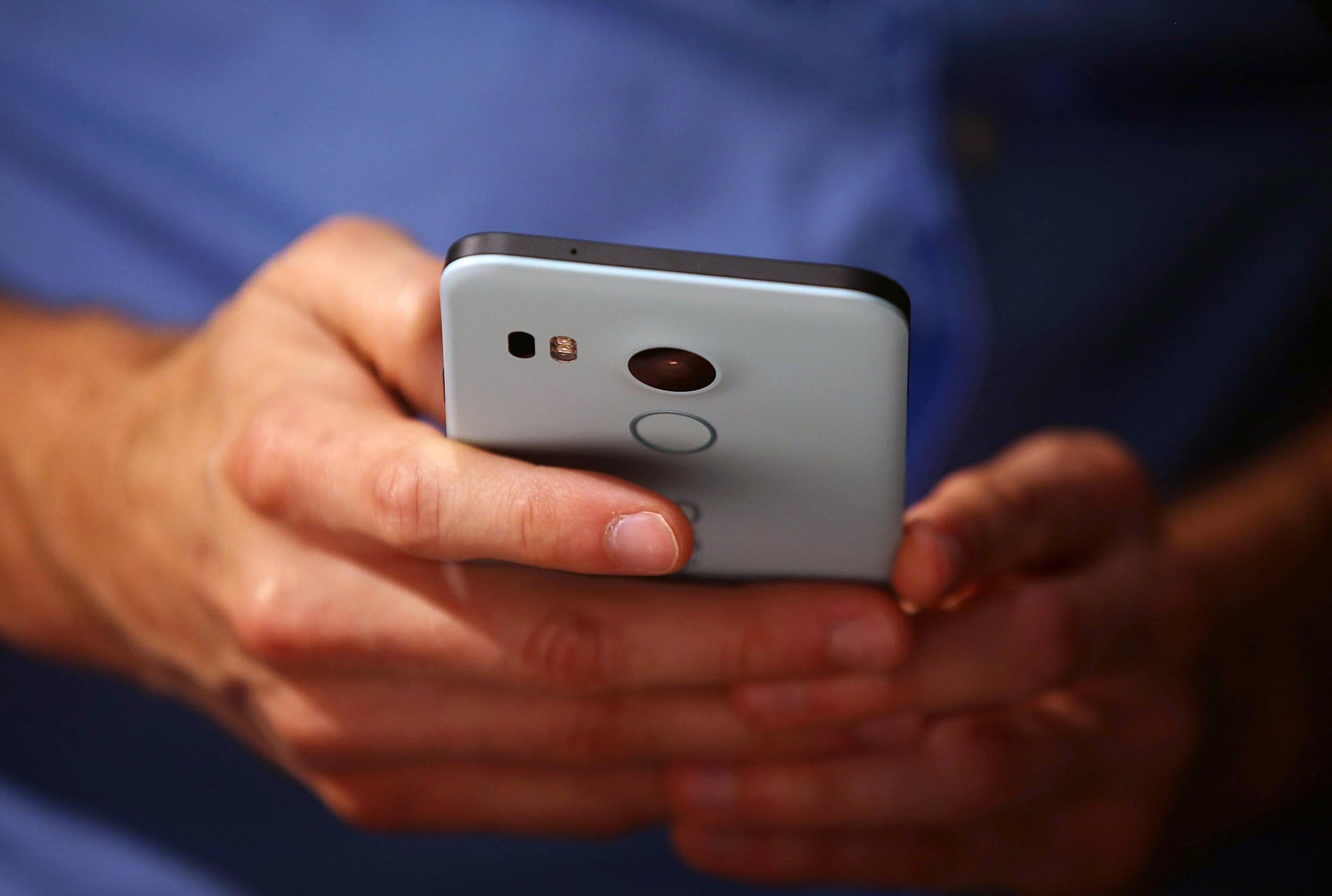Android phone lock patterns easy for criminals to crack, warn researchers
Thieves can use finger-tracking software to work out how to unlock your handset

Your support helps us to tell the story
From reproductive rights to climate change to Big Tech, The Independent is on the ground when the story is developing. Whether it's investigating the financials of Elon Musk's pro-Trump PAC or producing our latest documentary, 'The A Word', which shines a light on the American women fighting for reproductive rights, we know how important it is to parse out the facts from the messaging.
At such a critical moment in US history, we need reporters on the ground. Your donation allows us to keep sending journalists to speak to both sides of the story.
The Independent is trusted by Americans across the entire political spectrum. And unlike many other quality news outlets, we choose not to lock Americans out of our reporting and analysis with paywalls. We believe quality journalism should be available to everyone, paid for by those who can afford it.
Your support makes all the difference.Researchers are warning Android users off protecting their smartphones with a lock pattern, having found that the majority of them can be cracked within five attempts.
The security measure lets a user unlock their handset by tracing a particular pattern across a grid of dots with their finger, and is available as an alternative to a PIN or password. Users are allowed five attempts to get the pattern right before the device detects something suspicious and locks itself.
However, researchers from Lancaster University, the University of Bath and Northwest University in China claim to have cracked 95% of 120 unique lock patterns in less than five attempts, using video recordings and computer vision algorithm software.
According to the team, criminals planning to swipe your phone don’t even need to see your screen or have knowledge of its size in order to work out your lock pattern.
Instead, they only need to sit within two and a half metres of you and discreetly film your handset as you unlock it. They can then feed the footage to finger movement-tracking software, which would quickly produce a small set of possible patterns.
What’s more, the researchers say that complex patterns - described as those using more lines between dots - are easiest to work out because they leave the finger-tracking algorithm with fewer possibilities.
“As well as for locking their devices, people tend to use complex patterns for important financial transactions such as online banking and shopping because they believe it is a secure system,” said Lancaster University’s Dr Zheng Wang, the principle investigator and co-author of the paper. “However, our findings suggest that using Pattern Lock to protect sensitive information could actually be very risky.”
Completely covering up your hand as you trace your lock pattern could make things tougher for thieves, but switching to a PIN or passcode is a better way to protect yourself.
Join our commenting forum
Join thought-provoking conversations, follow other Independent readers and see their replies
Comments